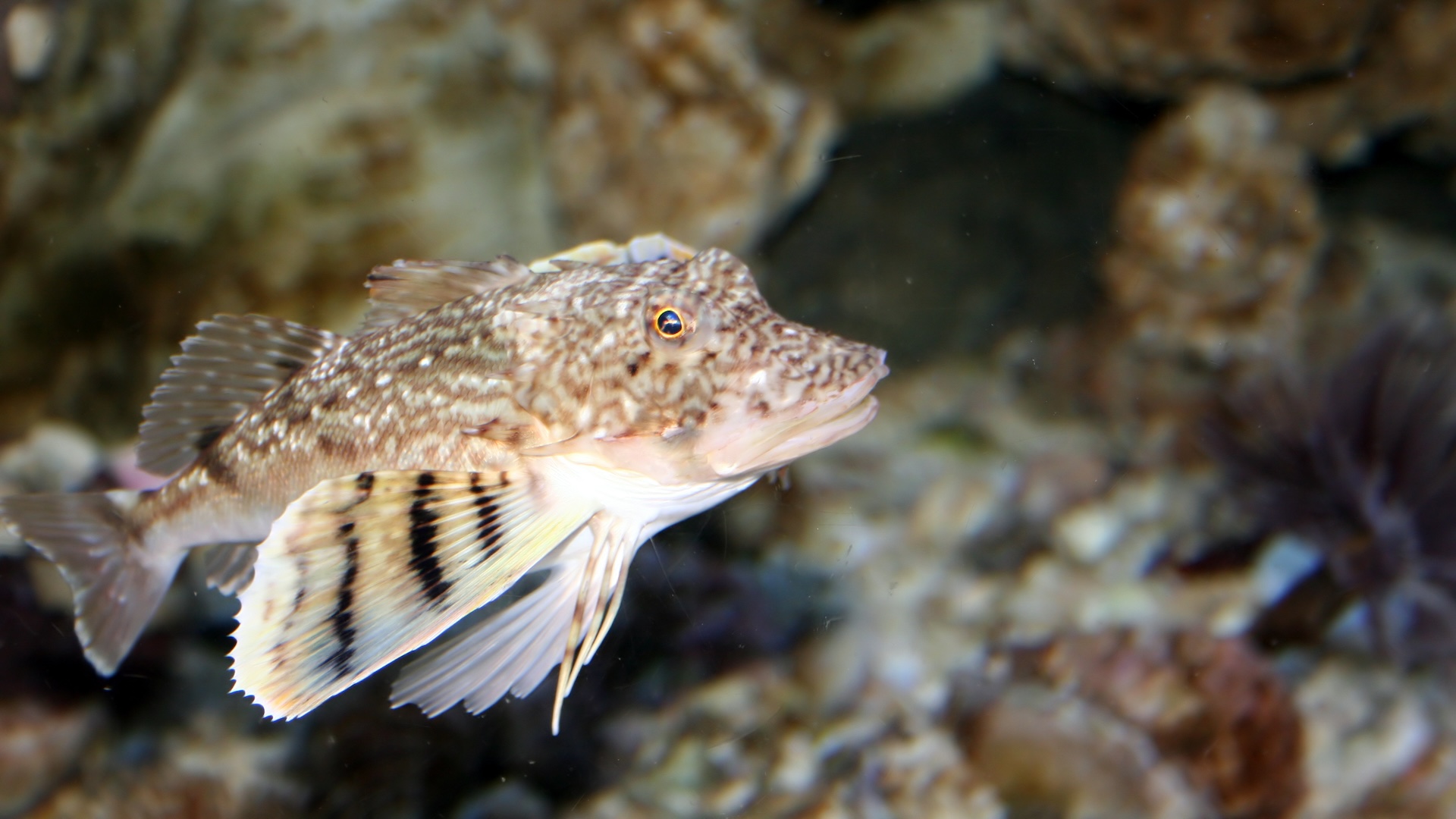Biology, Vol. 12, Pages 810: Activity–Rest Circadian Rhythm of the Pearly Razorfish in Its Natural Habitat, before and during Its Mating
Biology doi: 10.3390/biology12060810
Authors: Mourad Akaarir José Manuel Pujol Margalida Suau Rubén V. Rial María Cristina Nicolau Antoni Gamundi Martina Martorell-Barceló Margarida Barceló-Serra Eneko Aspillaga Josep Alós
Recent technological advances in marine biotelemetry have demonstrated that marine fish species perform activity–rest rhythms that have relevant ecological and evolutionary consequences. The main objective of the present report is to study the circadian rhythm of activity–rest of the pearly razorfish, Xyrichtys novacula in its own habitat, before and during the reproduction season using a novel biotelemetry system. This fish species is a small-bodied marine species that inhabits most shallow soft habitats of temperate areas and has a high interest for commercial and recreational fisheries. The activity of free-living fish was monitored by means of high-resolution acoustic tracking of the motor activity of the fish in one-minute intervals. The obtained data allowed the definition of the circadian rhythm of activity–rest in terms of classical non-parametric values: interdaily stability (IS), intradaily variability (IV), relative amplitude (RA), average activity during the most-active period of consecutive 10 h (M10), and average activity during the least-active period of consecutive 5 h (L5). We observed a well-marked rhythm, with little fragmentation and good synchrony with the environmental cycle of light–darkness, regardless of sex and the period studied. However, the rhythm was found to be slightly more desynchronized and fragmented during reproduction because of variations in the photoperiod. In addition, we found that the activity of the males was much higher than that of the females (p < 0.001), probably due to the peculiar behavior of the males in defending the harems they lead. Finally, the time at which activity began in males was slightly earlier than it was in females (p < 0.001), presumably due to the same fact, as differences in activity or for the individual heterogeneity of this species in the time of awakening are considered to be an independent axis of the fish’s personality. Our work is novel, as it is one of the first studies of activity–rest rhythm using classical circadian-related descriptors in free-living marine fish using locomotory data facilitated by novel technological approaches.

 1 year ago
29
1 year ago
29


